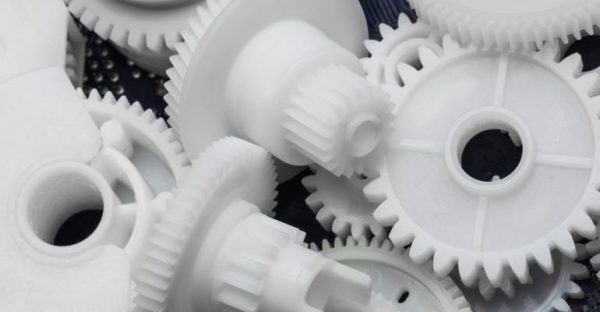Product Development is a complicated process for many organizations. This is the reason why companies are looking into different opportunities that would make the product development process more efficient. The role of prototyping in product development is very important because in this phase design is verified. Simply put, this is the stage where the design, which exists in the imaginary realm, is brought physically into the world.

rapid prototyping, *picture from electronicdesign.com
Importance of Prototype
There are many reasons why a prototype is important in product development aside from that fact that we love to touch, feel, and try a new product. Some of the most common reasons are, first we want to have a physical product to show to an investor or when seeking management approval.
Another reason could be to test if a certain idea really works and to test if this design passes the requirements. You can also use this prototype to evaluate the product and see if further improvement is required. Lastly, you can test the prototype on your market and analyze their feedback.
There is mainly two type of prototypes: function and form. Inform, you make a prototype to see how it looks like. It does feel and look complete; however, it does not actually function. In the second type, the prototype can function properly even if it is just mended together. In the final prototype, it is combined to function correctly and look right.
Rapid Prototyping in Product Development
In product development, rapid prototyping is an essential component of the design process, and its advantages are well renowned for years. This is because by creating a full-scale model from a planned design will reveal flaws or highlight the potential for challenges on the part of the product before going to large-scale production.
In the past, the traditional method of producing a prototype involve clay, wood, and other materials to form a mock-up, fabrication and others resort to bailing wire and duct tapes. Rapid prototyping services have introduced methods like CNC, 3D printing, SLA, SLS and a host of other production techniques.
Mock-ups is the visualization kind of prototyping to show the dimensions and shape of the design concept. The fabricated models, on the other hand, represent the functional versions. This may not look like the final product, but it gives the designer and tester the opportunity to check function and see if it works.
CNC is an advanced method of prototyping that continues to evolve. It does not only apply to metals, but you can use CNC for plastic too. The main benefit of using CNC in prototyping is when testing the strength and integrity of the parts. CNC is also great of combined with other processes in fabrication like welding and gluing.
Rapid prototyping includes a large group of technologies that can create parts and products in 3D directly from CAD data in the computer. Their speed and accuracy combined with the flexibility to make any shape that will look like the finished product are what makes them valuable in product development.
